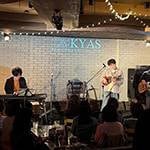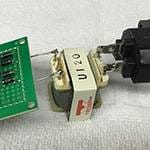The other day when I was in the practice studio with my band, the vocalist grabbed a microphone and said, "There's no sound! What should I do with this mixer?!" I explained, "Well, you need to raise this level here and this switch controls with this mixer..." Reflecting back on it, these kinds of situations are quite common particularlybecause vocalists often don't handle equipment like amps regularly and seem less familiar with machinery.
In recent years, with the increase in opportunities to interact with mixer-type interfaces through activities like Electronic Music and online streaming, it seems that younger generations have become relatively familiar with it. However, it still appears that the most common issue in studios is encountering situations where sound doesn't come out as expected.
Many people have likely experienced the situation when trying to troubleshoot no sound, they accidentally cause a loud feedback loop with a piercing "screeeech!!" sound.
I myself learned through working part-time at music stores and music studios, but even if you have experience, it still takes some time to get a grasp on the functions of a mixer the first time you touch it.
So, in this issue, I would like to focus on explaining the basics of using PA systems and mixers in practice studios as clearly and simply as possible.
Since this articlemight get lengthy, I'll split it into several parts for easier reading.
Well, the quickest solution is to ask the store clerk!!!
1. Is the Power On?
It's obvious, but if the power isn't on, there won't be any sound. You might hear someone say, "Yeah, I know that already! Don't underestimate me!" However, it's quite common that the power isn't turned on in the first place.
Most mixers have LED lights or effect displays that illuminate when the power is turned on.
For example, in the case of the Yamaha MG16XU:
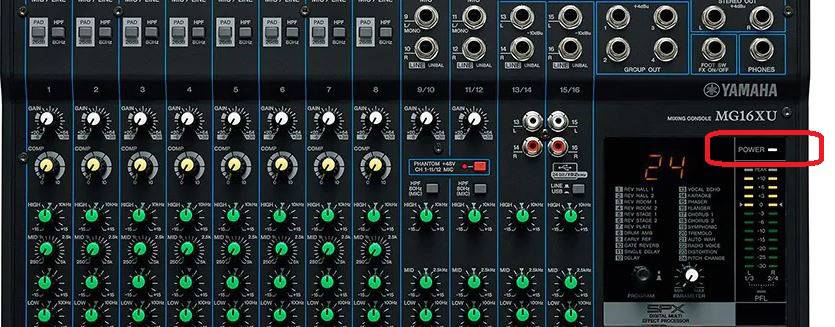
It's right here.
In the case of the Behringer PMP4000:
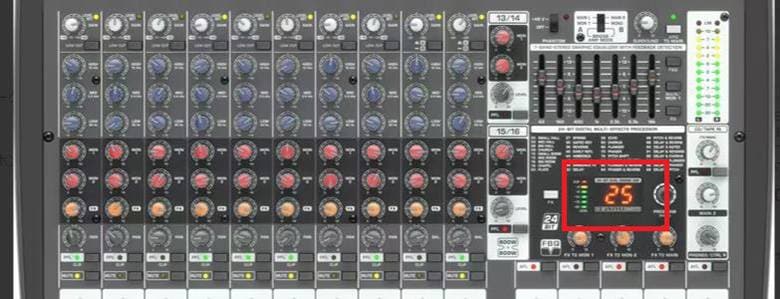
This display lights up.
When the power is not on, people often ask, "Where's the power switch?" In many mixers, the power switch is typically located on the upper side.


It's often located around the power cable area, so try to look around there.
By the way, can you identify the major difference between the two models I mentioned?
Yamaha / MG16XU Analog Mixer with 16 Channels
Behringer / PMP4000 EUROPOWER Powered Mixer
Those who already know should see it immediately.
"The MG16XU is just a regular mixer, but the PMP4000 is a powered mixer!"
Many of you might not get this joke.
As a basic principle of PA systems, if there isn't a "power amplifier" somewhere in the setup, you won't get the sound to be loud.In order to drive large speakers with sufficient volume, the audio signal needs to be amplified by a power amplifier.Therefore, if your mixer is just a regular mixer, you'll need to add a power amplifier.
In studios, there are broadly three patterns of PA setups.
Pattern ①
Sending signals from the mixer to the power amplifier to the L and R channels to boost the level and then send it to the speakers.
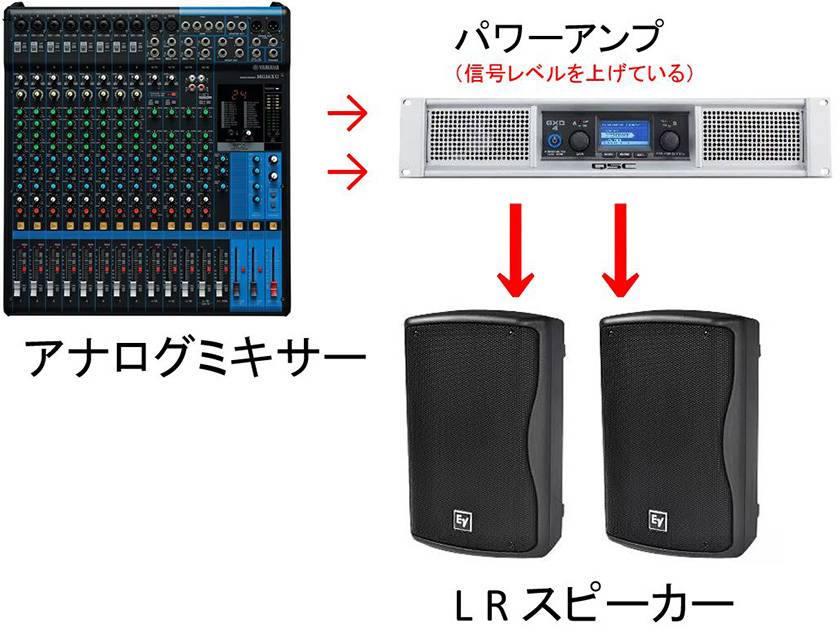
Even if the mixer is powered on, if the power amplifier is not powered on, there will be no sound. In many studios, the mixer is often placed at the top of the rack, so it's important to check below to see if the power amplifier is there.
Pattern ②
This is the pattern when a powered mixer is used. A powered mixer, as the name suggests, is a mixer that integrates both the mixer and a power amplifier together.
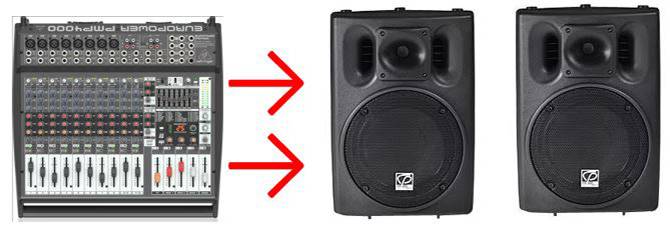
Pattern 2 is simpler than Pattern 1, isn't it? In this case, the power source is needed only for the mixer.
This pattern seems to be common in many studios. Portable PA systems often seen at outdoor events also typically follow this setup.
Pattern ③
This is the pattern for when the mixer is a standard mixer, but the speakers are powered speakers.
Powered speakers, as the name suggests, are speakers that have a built-in power amplifier.
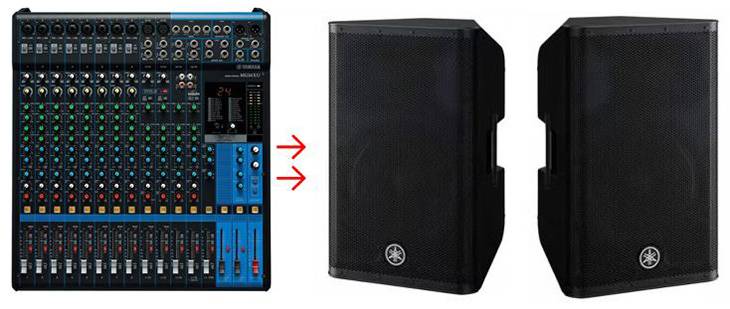
Honestly, I think that this pattern is not very common in studios. When the speakers are powered, each of the LR channels requires its own power source.
The basic setups for PA systems consist of these three patterns.
The speakers used in Patterns 1 and 2, which require external power sources, are called passive speakers. In contrast, speakers that have built-in power amplifiers and do not require external amplification, as seen in Pattern 3, are referred to as powered speakers.
In cases where speakers are suspended from the ceiling, they are typically passive speakers, so there's no need to check for a power supply. Powered speakers are rarely suspended from ceilings due to the built-in amplifiers being heavier.
Pattern 2 is common in studios, but recently, the number of manufacturers producing powered mixers has decreased. We might see an increase in setups like Patterns 1 or 3 in the future.
The setup in Pattern 1, in which everything is separated, can be somewhat more complex, but it has the advantage that if any component breaks down, you only need to replace that specific machine.
Each studio selects and installs equipment based on various considerations and circumstances.
So this time, what was supposed to be an explanation of why the microphone isn't producing sound has turned into a basic explanation of PA systems.Those familiar with PA systems might think, "This is common knowledge!" but it's important for those who don't know the basics.
Understanding PA systems is valuable knowledge for anyone involved in music. In the next installment, I would like to explain the basics of using a PA system.
To be continued!!





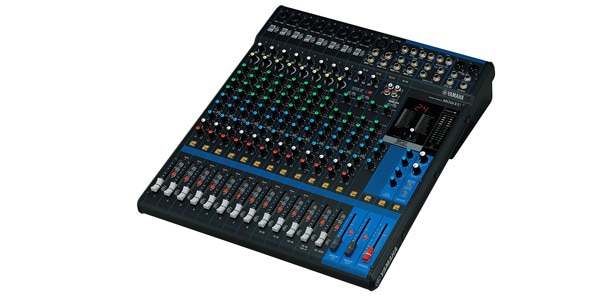
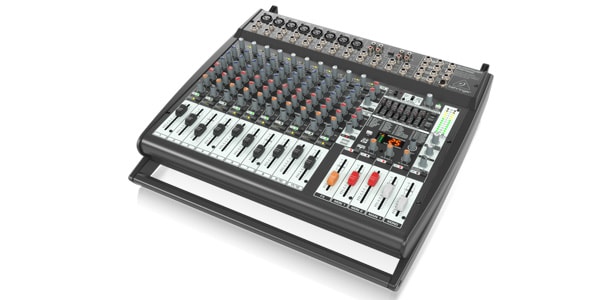



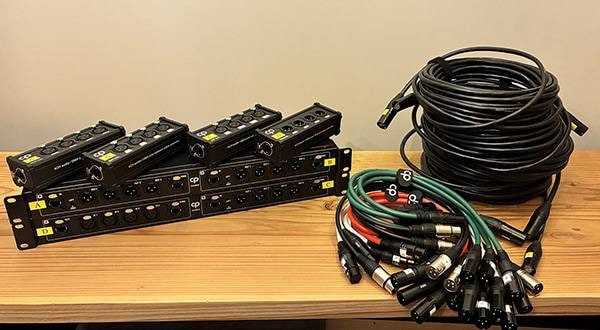
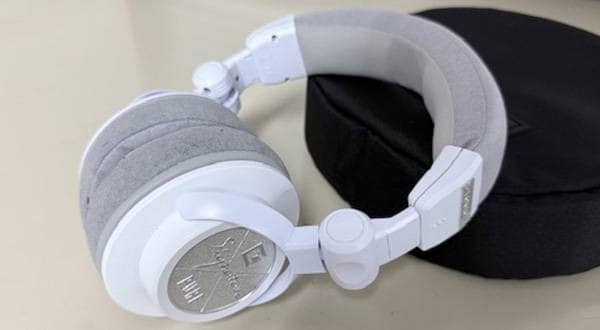
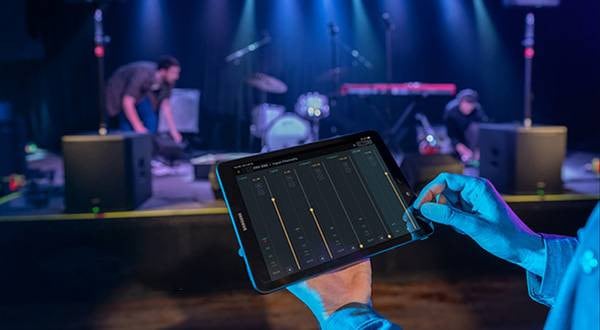
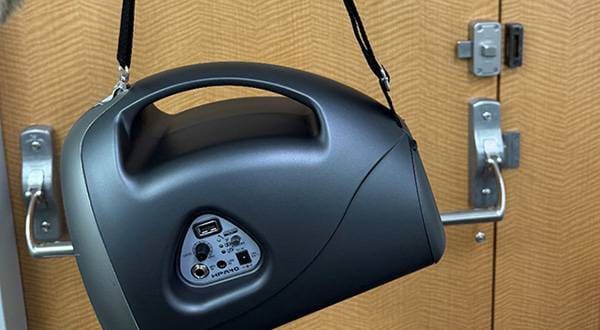
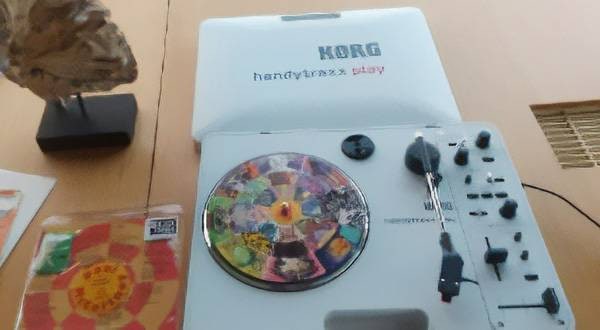
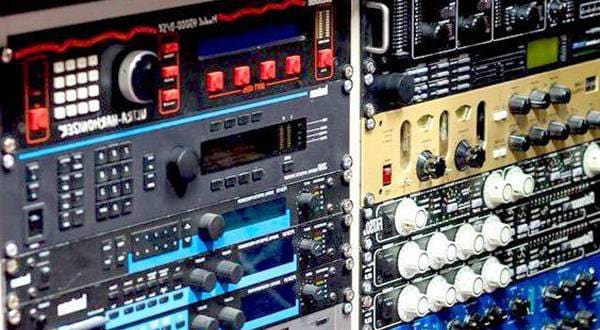
![[Guitar Guide] 3 Essential Studio Practice Etiquette Rules](/contents/uploads/thumbs/5/2022/4/20220419_5_17560_1.jpg)

![[ Audio tip] How to use the SHURE SM58 standard microphone efficiently.](/contents/uploads/thumbs/5/2019/10/20191002_5_7930_1.jpg)
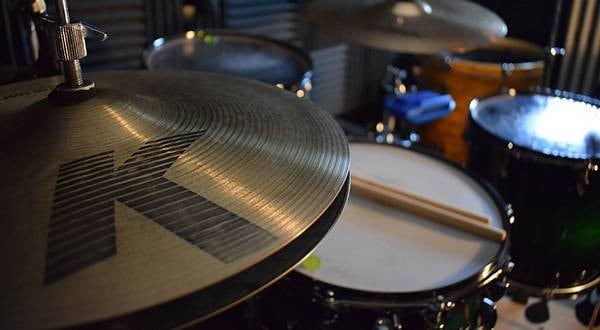
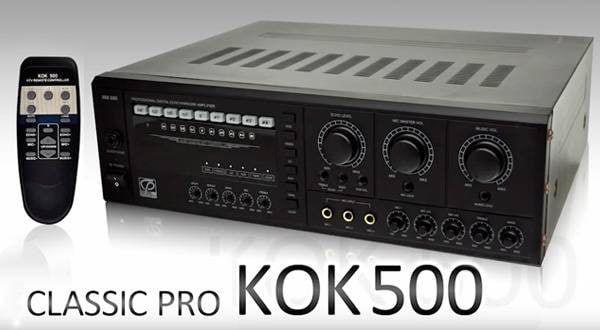
 自宅スタジオの作り方
自宅スタジオの作り方
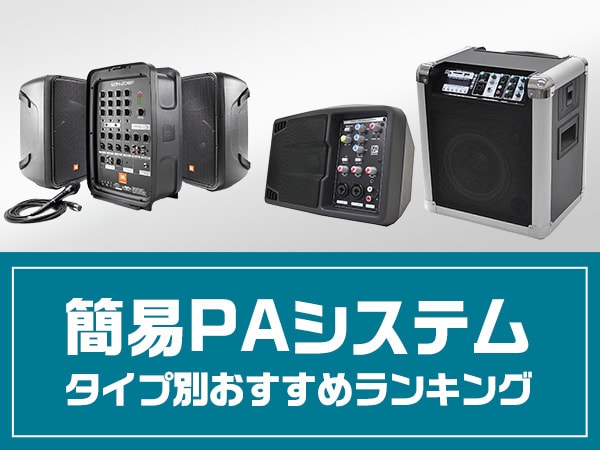 簡易PAシステム タイプ別おすすめランキング
簡易PAシステム タイプ別おすすめランキング
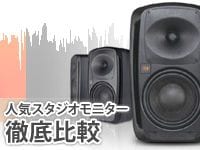 人気スタジオモニター徹底比較
人気スタジオモニター徹底比較
 ワンランク上のボーカルマイク選び
ワンランク上のボーカルマイク選び
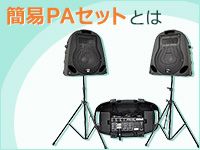 簡易PAセットとは
簡易PAセットとは
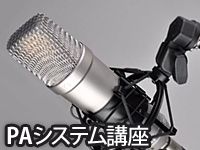 PAシステム講座
PAシステム講座

